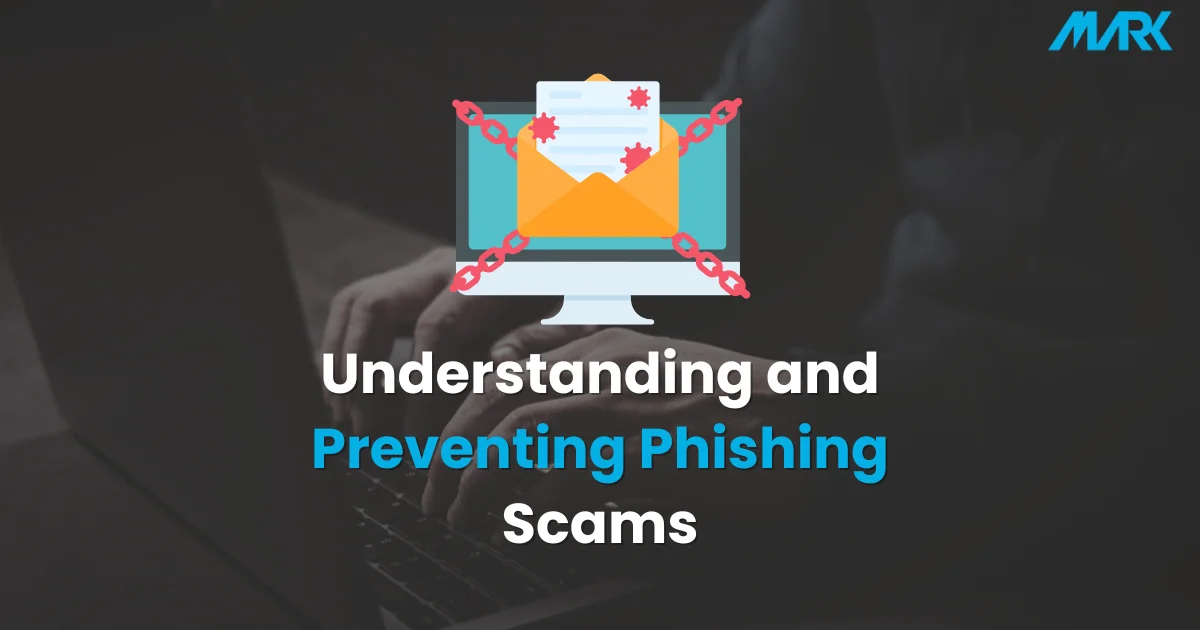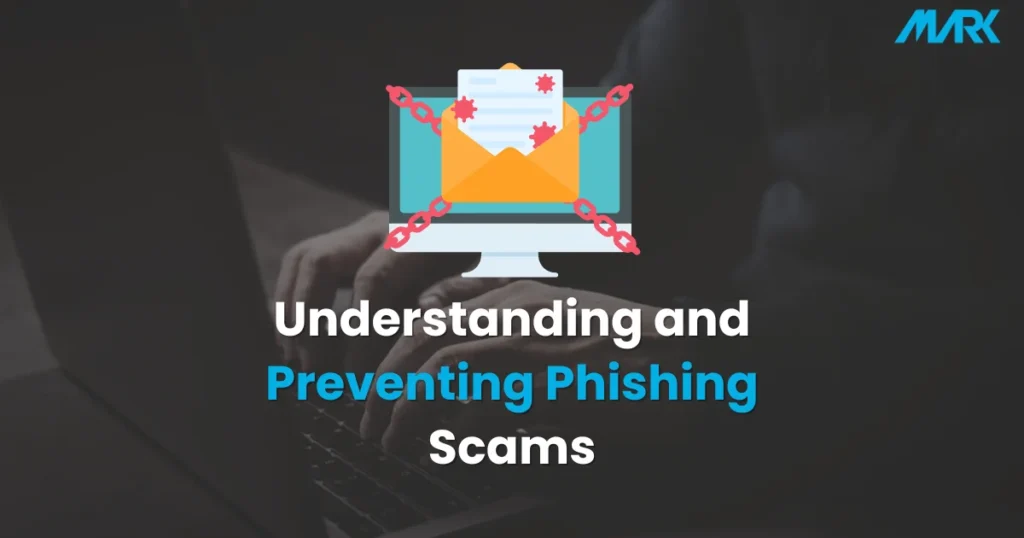VAPT is a combination of Vulnerability Assessment and Penetration Testing. It helps to expose the weak spots in your digital system.
It is important to take action and reduce the vulnerabilities before a cyber attack hits. In this article, we will understand how to reduce the vulnerability of your system and make your system hacker-proof.
What is a VAPT Report?
A VAPT report is the same as a blueprint. It details the weaknesses a hacker might exploit. To counter these threats, let’s dissect the VAPT report together:
- Identified Vulnerabilities: This is your threat list. Each vulnerability is described, with a rating for severity.
- Exploitation Attempts: The report explains how our security team who is playing the role of hackers tried to exploit the vulnerabilities. This gives you a realistic picture of how a real attack might occur.
- Remediation Recommendations: This is your action plan. It outlines steps to fix each vulnerability, like updating software, patching security holes, or changing configurations.
How To Prioritize Your Repairs After A VAPT Report?
If you have to fix leaks in your roof, you would not start with the tiny drip in the guest room, would you? The same goes for vulnerabilities. Here is how to prioritize your repairs:
- Rating: Start with critical issues. They let attackers cause the most damage. Address these critical issues urgently.
- Impact: Think about how bad it could be if someone exploited a flaw. Could they access data, disrupt systems, or harm your reputation? Fix flaws with the highest potential impact first.
- Ease of Exploit: Consider how easily an attacker could abuse a vulnerability. Fix ones that are simple to exploit before complex ones, even if the complex flaws have higher severity ratings.
How To Reduce The Vulnerability?
With your list of issues and priorities set, it is time to plan how to fix them. Here are the steps:
- Assign Tasks: Decide who will fix each vulnerability. Our IT staff and security experts are best to do the job in UAE based on their skills.
- Set Deadlines: Do not let vulnerabilities remain unfixed for long. Set reasonable timelines to address each issue.
- Document Actions: Keep records of what you did to fix each flaw. This helps track progress and ensure accountability.
What Are The Tools to Reduce Vulnerabilities?
Here are some key tools to help reduce vulnerabilities:
- Software Updates: Many flaws exist due to using outdated software. Keep operating systems, applications, and firmware updated with the latest security fixes.
- Patch Management: Make sure you do not neglect installing software updates. Set up an automated system to detect and install security patches quickly.
- Secure Configurations: Many software flaws come from incorrect settings. Review and adjust system configurations for better security. This may involve enabling firewalls, disabling unnecessary services, and controlling user access.
- Strong Passwords & Encryption: Weak passwords and unencrypted data are easy targets for hackers. Keep a strong password policy across your organization and encrypt sensitive data on storage devices and over networks.
- Security Awareness Training: Employees can unintentionally create security risks. Educate your staff about cyber threats and safe online practices, such as identifying phishing scams and social engineering attacks.
How To Achieve Long-Term Vulnerability Reduction?
VAPT is important, but it is not a one-time solution. Here is how to create a lasting culture of security within your organization:
- Regular Risk Assessments: Do not wait for another VAPT to find new vulnerabilities. Regularly assess potential security weaknesses and address them proactively. We can give customized plans as per your needs for risk assessments.
- Penetration Testing as a Habit: Consider making regular penetration testing part of your overall security strategy. This helps you stay ahead of emerging vulnerabilities.
- Empower employees as security champions: Train some staff on basic security practices. Encourage them to report suspicious activities or potential vulnerabilities.
- Implement security tools that continuously monitor your systems: Look for any suspicious activity or potential vulnerabilities. Threats are constantly evolving so you need to keep yourself updated.
- Stay updated on the latest security threats and vulnerabilities: Subscribe to TMI Dubai’s security blogs, follow our experts, and attend security conferences.
Advanced Ways to Reduce Vulnerability
The strategies that we discussed so far are important, but there are additional steps to further strengthen your defenses:
- For custom software applications, you can do security code reviews. Security experts analyze the code for vulnerabilities before it is deployed. It is like an editor checking a book for errors before publishing.
- Automate vulnerability detection with vulnerability scanning tools. These tools scan your systems and applications for known vulnerabilities. It saves time and effort. However, remember these tools are not foolproof and may miss some vulnerabilities.
- If you don’t have in-house expertise with regular penetration testing, you can do Penetration Testing as a Service (PTaaS). PTaaS provides on-demand penetration testing services. You can benefit from expert testing without building an internal team. When it comes to PTaaS testing, our security experts at TMI are known to be the best in the game.
- Bug Bounty Programs: Invite security experts to find weak spots. Bug bounties reward people for discovering vulnerabilities in your systems. This helps identify issues your team may have missed.
Please remember, that improving security is an ongoing effort. It is not a one-time task. By taking these steps and regularly checking your systems, you can greatly enhance your defenses. It can make it much harder for hackers to breach your digital system.
Bonus Tip: As you work to reduce vulnerabilities, clear communication is extremely important. Keep these points in mind to enhance communication:
- Communicate with Stakeholders: Keep decision-makers informed about vulnerabilities found in the VAPT report and actions taken to address them.
- Educate Employees: Inform employees about the importance of cybersecurity and their role in protecting the organization. You can take our help when it comes to educating your employees.
- Document Everything: Maintain clear records of vulnerabilities identified, steps taken to fix them, and overall progress towards a more secure system.
Frequently Asked Questions
You can chat with our security experts who did the VAPT. They will happily explain the findings clearly and answer your questions about the risks and fixes.
You can start by fixing the biggest risks first. The critical problems that could harm you if misused. Focus on those top dangers, then work down the list. Don’t try fixing everything at once though, make a plan that you can achieve.
There are simple steps to boost protection even with a small budget. Start with basics like forcing strong passwords, updating software, and training staff on cyber dangers. Use free or cheap scanning tools and fix the worst risks first.
No, it just shows risks at that moment. New dangers emerge constantly, so stay alert. Do regular risk checks and consider penetration testing too.
Leaving known risks unfixed puts your business in serious jeopardy. If hackers exploit those holes, you risk data breaches, financial losses, and reputation damage. Taking action at the right time will protect your company’s reputation and customers.
Conclusion
Doing security tests and fixing issues that are found is like having a shield against hacks. When you know what weaknesses you have, fix the most important ones first, and follow good security habits.
You build strong protections around your important information and systems. The best defenses still need regular maintenance and watchfulness to stop attacks.
Cybersecurity is important to keep your devices and information safe. By doing what this article says and being careful, you can lower the chances of getting hacked.
Even the strongest defenses need work and attention to stop hackers from getting in. By using the help of our IT experts at TMI Dubai and following the tips mentioned in this article, you can make sure your online spaces remain secure for years to come.








